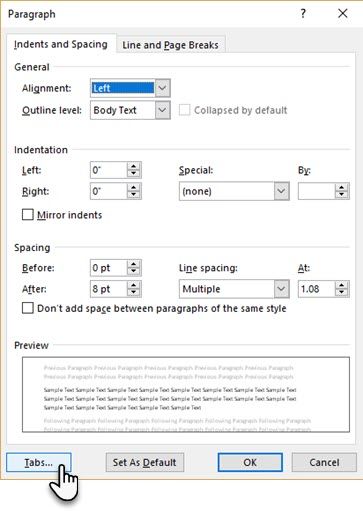
But these people are also very busy human beings. And good leaders acknowledge that fact in all interactions with their people. The people you are writing to, of course, are human beings. STEP 2: Start with a Short, Sincere Greeting It’s merely a shortened version of Step 3 below. The second part of this formula, one statement, succinctly summarizes the email in a handful of words. I like putting them in caps to get the attention of my readers. You may have other words that you prefer or may adapt the words above, as in SECOND REQUEST or READ AND REPLY. Most business email is either a request, a reply, or the relaying of important information. UPDATE: Executive Team meeting agenda for Friday, October 4 REPLY: The Midwest Division’s input on sales bonus incentives for Q4 REQUEST: Please approve final website copy by Wednesday, September 21 The formula is simple: one word + one statement. So make your headlines clear and actionable. It’s the headline of story, and, depending on the strength of the headline, determines whether we keep reading. We know this, of course, but don’t fully grasp its implications.īecause of email apps, we process all our email-not by the content of the correspondence-but by the quality of the subject line. Here are six essential steps in that process: STEP 1: Lead with a Strong Subject line

I would write like the executive leader that I was: crisp, clear, and concise. It was long, rambling, and pedantic, a wall of words that would never get read.Īnd it was then and there that I decided to apply a rigorous discipline to all my business email.

So, naturally, I went back to that email to pick up the train of thought, and there it stood.

I was circling back with a client of mine who hadn’t returned an important email.


 0 kommentar(er)
0 kommentar(er)
